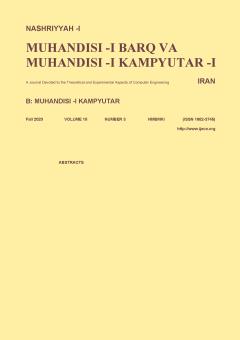-
-
List of Articles
-
Open Access Article
1 - Human Action Recognition in Still Image of Human Pose using Multi-Stream neural Network
Roghayeh Yousefi K. Faez -
Open Access Article
2 - Traffic Patterns Detection in Video Surveillance Using Optical Flow and Topic Model
Amin Moradi Asadollah Shahbahrami Alireza Akoshideh -
Open Access Article
3 - Attribute Reduction Based on Rough Set Theory by Soccer League Competition Algorithm
M. Abdolrazzagh-Nezhad Ali Adibiyan -
Open Access Article
4 - A New Approach to Count or Optimize Point Set Triangulation in the Plane Based on MIS
A. nourollah Zahra Rezayat -
Open Access Article
5 - A Task Scheduling and Mapping Approach to Enhance the Main Design Challenges of Multiprocessor Systems on Chip
حمیدرضا زرندی -
Open Access Article
6 - Proposing an Intelligent Method for Design and Optimization of Double tail Comparator
Sadegh Mohammadi-Esfahrood Seyed-Hamid Zahiri -
Open Access Article
7 - Semi-Supervised Ensemble Using Confidence Based Selection Metric in Nnon-Stationary Data Streams
shirin khezri jafar tanha ali ahmadi arash Sharifi -
Open Access Article
8 - A Traffic-Aware Packet Classification Method to Reduce Memory Accesses
Saeid Asadrooz Mohammad Nassiri M. A.
-
The rights to this website are owned by the Raimag Press Management System.
Copyright © 2017-2025







